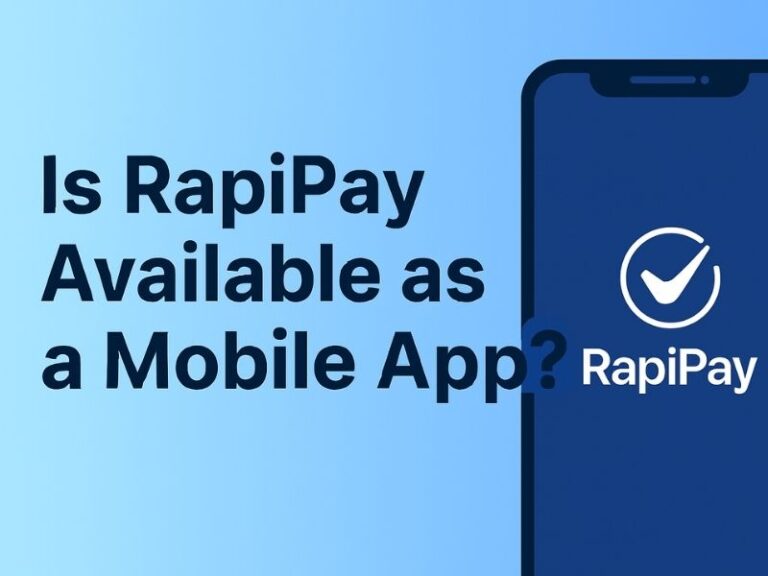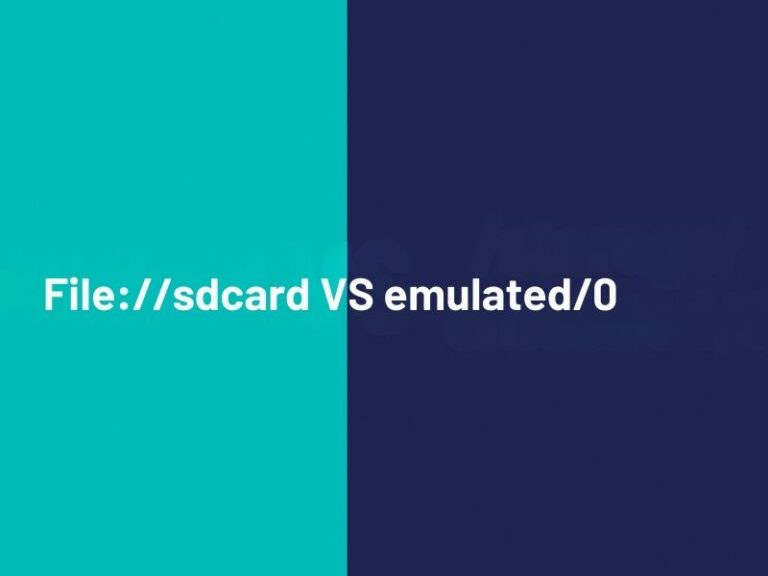In an era dominated by short-form content and viral trends, TikTok has become a global phenomenon. However, as with any popular platform, it has also attracted cybercriminals. A recent surge in deceptive campaigns known as TikTok ClickFix Scams is catching users off guard and exposing them to dangerous malware. These scams cleverly exploit the platform’s popularity and users’ desire to fix algorithmic or performance issues, resulting in widespread digital risks.
This comprehensive guide will break down how TikTok ClickFix Scams work, what the experts are saying, and, most importantly, how you can stay protected.
Key Takeaways
- TikTok ClickFix Scams are fraudulent tools that claim to improve performance but instead install malware.
- These scams exploit users’ desire to boost visibility or fix issues with their TikTok accounts.
- Trend Micro’s investigation reveals the growing sophistication behind these cyberattacks.
- Understanding the scam’s tactics can help you avoid becoming a victim.
- Implementing basic cybersecurity measures drastically reduces your risk.
What Is ClickFix Scam?
ClickFix scams are a subset of social engineering tactics that prey on users’ frustrations with social media performance. The term “ClickFix” typically refers to apps, links, or browser extensions claiming to resolve algorithm-related issues, such as shadow bans, engagement drops, or video reach limitations.
In the context of TikTok ClickFix Scams, cybercriminals promote malicious tools via:
- Sponsored TikTok ads
- Influencer shoutouts (paid or fake)
- Comment section links
- Fake TikTok support profiles
Once clicked, these tools often lead users to malicious downloads disguised as software updates, optimization apps, or troubleshooting guides. Instead of improving TikTok performance, these downloads compromise your data, install spyware, or hijack your device.
Common Claims of ClickFix Scam Tools
- “Fix your TikTok algorithm now!”
- “Remove shadowban instantly!”
- “Get your views back with ClickFix!”
- “Unlock viral mode – click to fix!”
While these promises sound tempting, especially for creators struggling with engagement, the cost can be steep: stolen credentials, corrupted devices, or even identity theft.
Inside Trend Micro’s Investigation
Cybersecurity giant Trend Micro launched an in-depth investigation into the growing wave of TikTok ClickFix Scams. Their findings were eye-opening:
1. Multi-Stage Attacks
Most ClickFix scams don’t deploy malware in one go. Instead, they use a multi-stage process:
- Stage 1: Convince the user to click a link.
- Stage 2: Redirect to a fake TikTok support page.
- Stage 3: Offer a downloadable tool claiming to fix account issues.
- Stage 4: Install malware upon download.
2. Data Theft and Ransomware
Many of these scams deploy information-stealing malware such as RedLine Stealer or even ransomware payloads. Some victims reported:
- Social media account takeovers
- Unauthorized banking transactions
- Device lockouts with ransom notes
3. AI-Generated Support Chats
A new twist in TikTok ClickFix Scams involves AI-driven support bots pretending to be TikTok’s helpdesk. These bots convince users to download software under the guise of remote support.
4. Fake Reviews and SEO Manipulation
Scammers are now using fake blog posts, YouTube videos, and SEO tactics to legitimize ClickFix tools. Trend Micro found thousands of indexed pages promoting these tools via “user testimonials.”
Why TikTok ClickFix Scam Attacks Are a Real Threat
Popularity Breeds Vulnerability
TikTok has over 1.5 billion users worldwide. This massive user base becomes fertile ground for cybercriminals. The larger the audience, the greater the number of vulnerable users unfamiliar with online threats.
Psychological Triggers
TikTok ClickFix Scams exploit emotional triggers:
- Frustration: Users annoyed with shadow bans or algorithm shifts are easy targets.
- Impatience: Everyone wants a quick fix.
- Trust: Many scams use fake endorsements from verified accounts.
Cross-Platform Attacks
These scams don’t just end with TikTok. Once a device is compromised, attackers gain access to:
- Instagram, Facebook, and Snapchat credentials
- Gmail and Apple ID logins
- Banking apps and saved passwords
Younger Audiences = Easier Targets
A significant portion of TikTok’s user base consists of teens and young adults. This demographic is:
- Less likely to use antivirus software
- More prone to clickbait
- Unfamiliar with cybersecurity hygiene
Combined, these factors make TikTok ClickFix Scams particularly dangerous.
How You Can Stay Safe from ClickFix Scam
Fortunately, staying safe doesn’t require advanced tech skills. Here’s how to protect yourself and your device from TikTok ClickFix Scams.
1. Don’t Trust Quick Fixes
If a tool claims it can magically fix your TikTok algorithm, it’s likely a scam. TikTok’s algorithm is complex and can’t be gamed with a single app.
2. Verify Sources
- Only download tools or extensions from official app stores.
- Avoid links shared in comment sections or DMs.
- Never trust third-party sites claiming TikTok endorsements.
3. Use Antivirus Software
Install trusted security software that can:
- Detect malware before it runs
- Block phishing sites
- Offer real-time protection
4. Enable Two-Factor Authentication (2FA)
For your TikTok account and email:
- Always enable 2FA to prevent unauthorized access.
- Use authentication apps instead of SMS for better security.
5. Educate Yourself and Others
Awareness is key. Share this guide with your peers, especially younger users or those new to the platform. Discuss common scams and what red flags to look for.
The Bottom Line
TikTok ClickFix Scams are more than just minor inconveniences—they’re gateways to serious digital threats. As the platform continues to grow, so does the sophistication of these scams. By staying informed and cautious, you can enjoy the creative freedom TikTok offers without risking your security.
Remember: if something sounds too good to be true, it probably is. Especially when it comes to viral fixes and shadowban removal promises.
By understanding how TikTok ClickFix Scams operate and adopting a proactive defense strategy, you can stay safe and scam-free.
FAQs
Q1: How do I know if I’ve fallen for a TikTok ClickFix scam?
A: Symptoms include strange app behavior, unusual login alerts, or unknown apps appearing on your device. Run a malware scan immediately if you suspect foul play.
Q2: Can TikTok itself fix shadow bans?
A: TikTok doesn’t acknowledge shadow bans officially. No third-party tool can lift them. Instead, focus on content quality and community guidelines.
Q3: What should I do if I downloaded a ClickFix tool?
A: Disconnect from the internet, run antivirus software, delete the tool, and change all passwords associated with your accounts.
Q4: Are there legitimate TikTok tools?
A: Yes, tools like TikTok Analytics, Later, or Hootsuite are reputable. Always verify credibility and read user reviews from trusted sources.
Q5: Why are teens the main targets of ClickFix scams?
A: Teens are often less aware of cyber hygiene and more emotionally reactive to engagement drops, making them easy targets.






